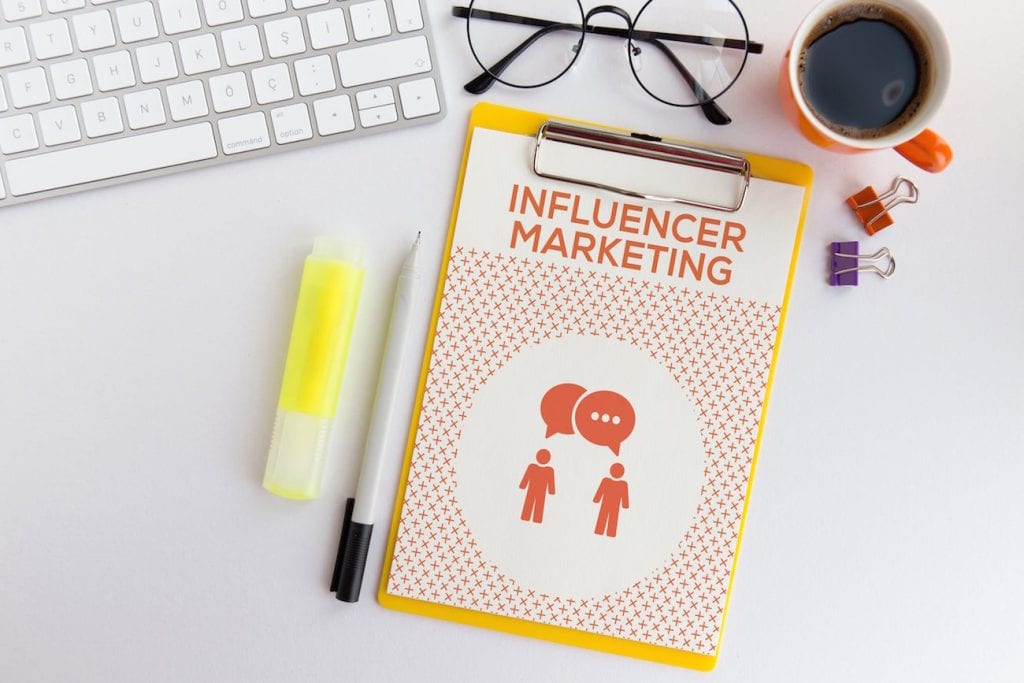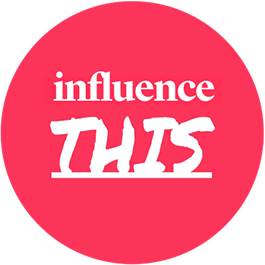Influencer Marketing In Canada: Strategy, Budget & Metrics
The majority of Canadian consumers don’t mind brands using influencer marketing to reach them — with one important caveat.
According to a recent survey published by Advertising Standards Canada, nearly 30% of Canadians have either made a purchase based on influencer marketing or would consider doing so in the future. On the other hand, “three-quarters object if influencers do not disclose that they were paid for endorsements,” a story about the survey in the Globe and Mail said. “People were particularly unsure of the rules that apply to ‘influencers.’”
Brands and agencies are dealing with uncertainty around influencer marketing in Canada too. The issues for marketers not only involve transparency, however, but strategy, budgeting, and effective measurement.
To begin defining some of the best practices and addressing those issues, influenceTHIS recently brought together senior marketers from retail, healthcare, CPG, telecommunications and other sectors for an executive think tank discussion. What we heard confirmed the value of influencer marketing in nearly every sector imaginable. The conversation also exposed some of the gaps that marketers are working to close as they seek greater return for the work they do with celebrities, creators and members of their target audience.

The Quest For Brand Affinity
Whether they turn to Instagram stars for help or simply let consumers test-drive products in a studio, marketers have learned that effective influencer marketing to create brand affinity takes time.
“Engagement that provides value is a slow build,” one marketer with a digital media and entertainment firm said, because the path to conversation is often neither immediate or clear.
It starts with rethinking what a “brand ambassador” is today. For a toy manufacturer, consumers who grew up with the brand are influencers by default. For others, it’s a matter of choosing between the perceived authenticity of “real” people or a celebrity with legions of followers.
“When you don’t have the right brand ambassador it can cause issues. Customers vote quickly,” the marketer of a major cosmetics company warned. That’s why some members of the think tank suggested working with a stable of influencers versus only one or a few.
No matter what kind of influencers you opt for, however, the reality is that they are wearing, using or handling all kinds of products at once, any of which may make their way into the content they produce. This is in contrast to the traditional 30-second TV spot, where all eyes were directed towards a single item.
“Brands needs to be comfortable in an environment where they can talk about other brands,” one marketer at the table concluded.

When Does Influencer Marketing in Canada Need Its Own Budget?
Influencer marketing is valuable to brands and agencies because of the content creators make and the way it can amplify a marketing message. That said, allocating the right budgets towards such activity is still more art than science.
Our think tank members pointed out that while celebrity influencers may come with a higher price tag attached, campaigns involving “micro-influencers” might need more budget to assist with amplification. There are exceptions in nearly every case, though.
“Bigger influencers will go with a brand if they believe it will help promote them or the brand enables them to do something unique and adds value to their audience.” one marketer said.
Another executive, who works with a global content studio, suggested the size of the budget is secondary to how that investment will be communicated to the target audience, and how the influencer will align with the brand’s objective.
“It is important to work with the right influencers who are willing to say no to money and put credibility first — and not everyone is honest,” she said.

How Do You Track Conversions And Other ROI Metrics?
The key performance indicators seem simple, at least at first. Marketers can look at time spent, number of comments or likes, shares and other details around an influencer’s activity. Then the doubts begin to creep in.
Is the activity on an influencer’s account coming from real people, or bots? Can any of this be tied directly back to sales? What kind of frequency caps need to be factored in?
“One hit is not enough reach and consumers need to see the same post at least three (times),” a telecom executive said.
On the other hand, another marketer said, there are nuances across platforms and even different forms of content.
“People don’t engage with a video for a long time on social,” he said as an example. “When they view pre-roll they hover over the skip button. A video is clearly more effective in environments other than social, (like) editorial content.”
To keep the conversation going join Canada’s leading marketers, agencies, publishers and creators at influenceTHIS on May 15th in Toronto.



